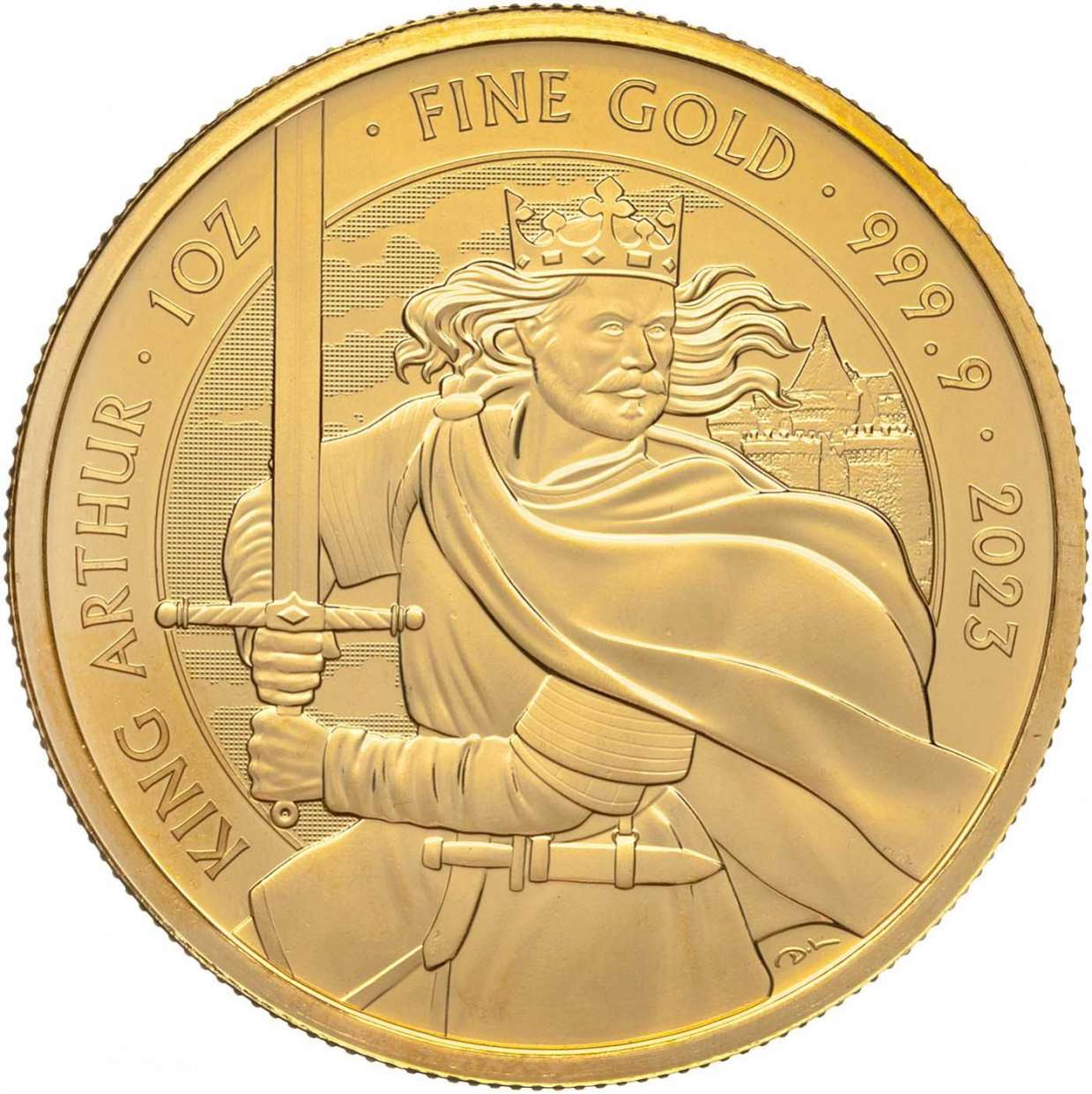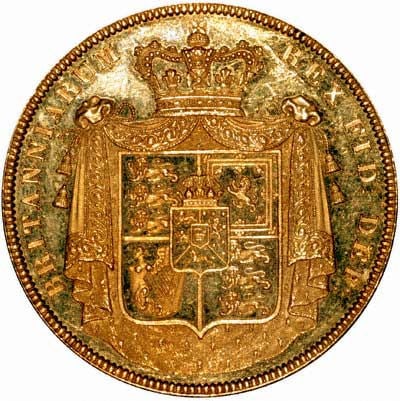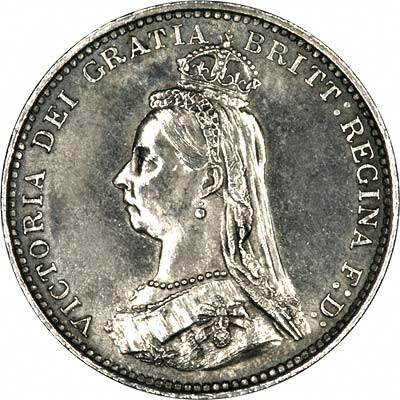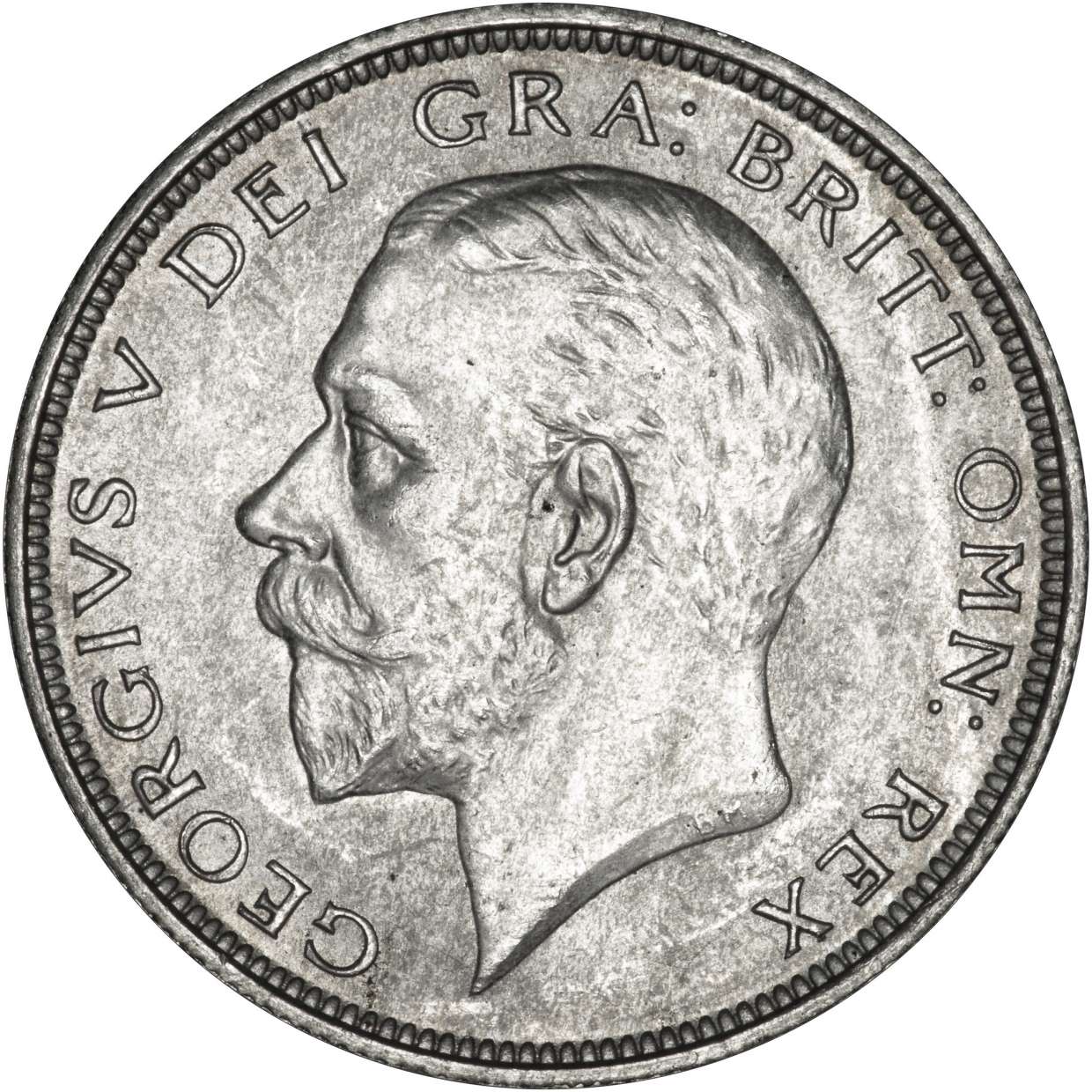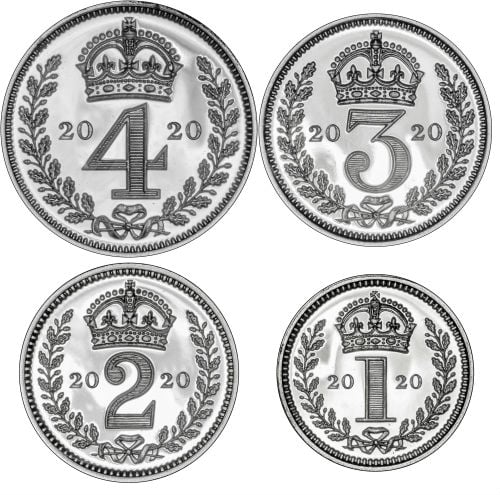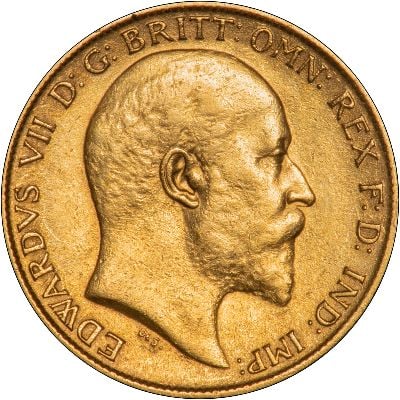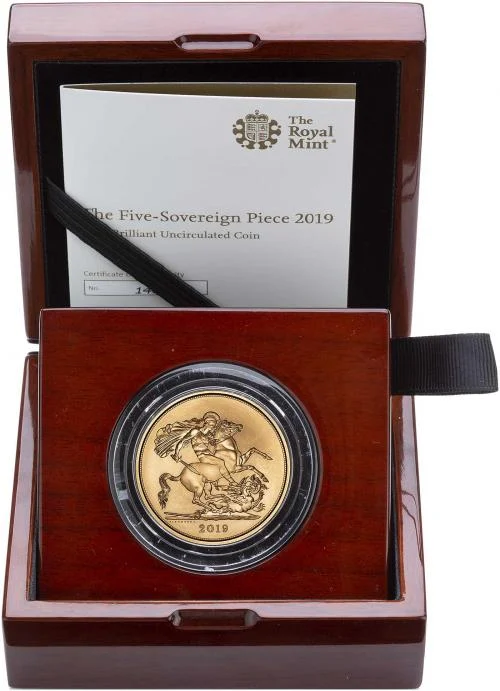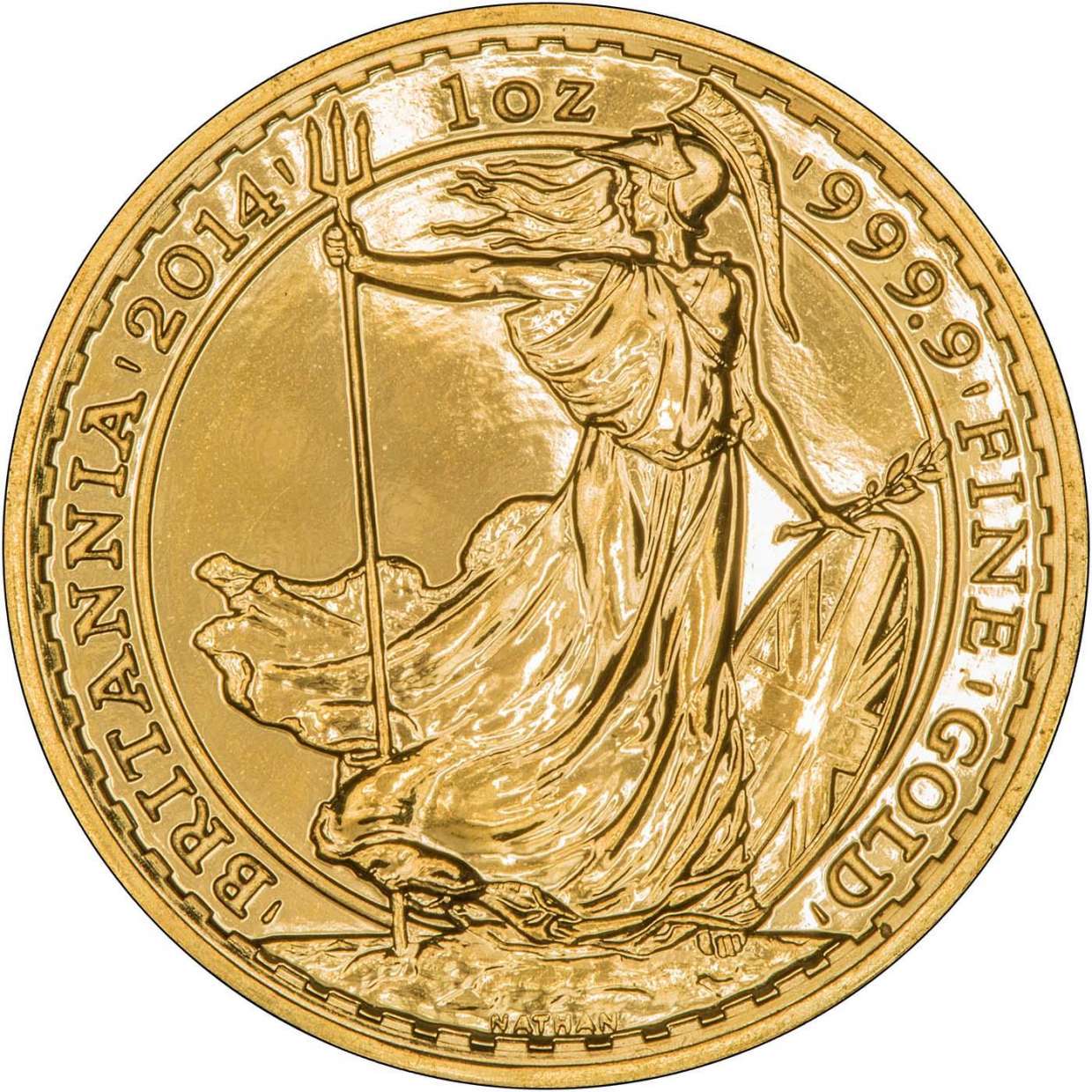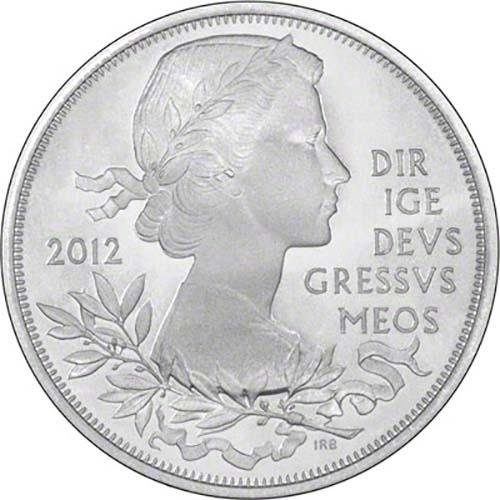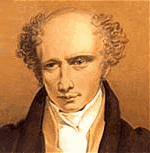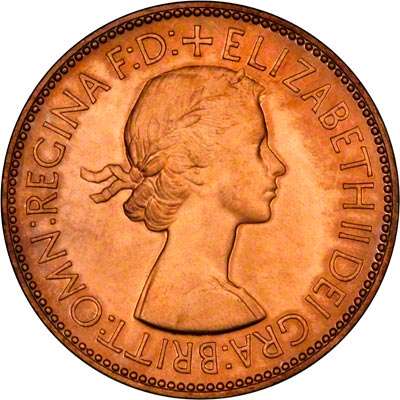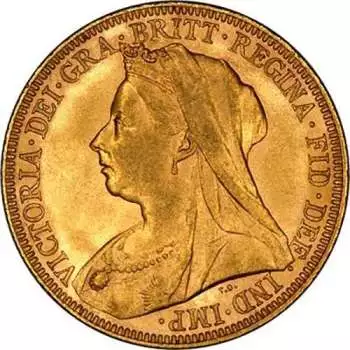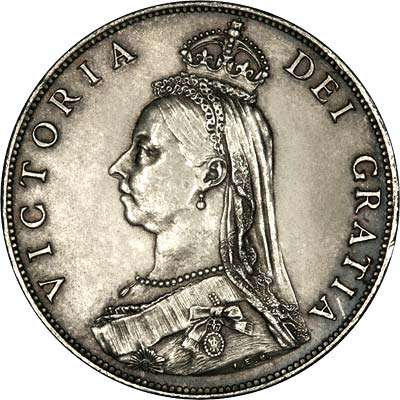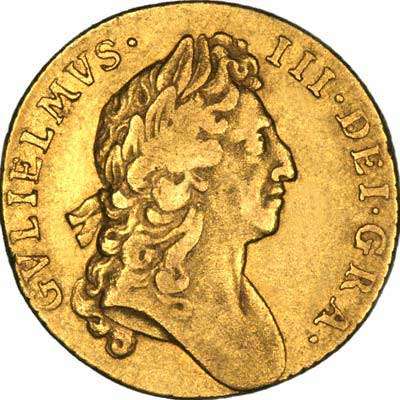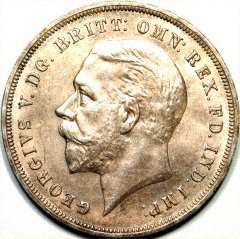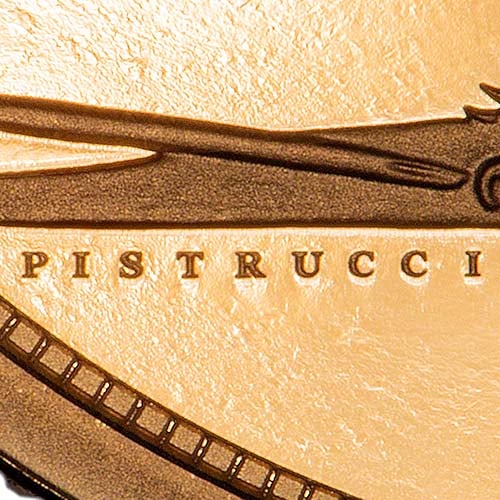'Lima' issues 1745-1746
Synopsis
Description of Lima Coins, issued in 1745-6.
Lima Coins of George II 1745-1746
George II's silver* issues of 1745/46 are often seen with the word 'Lima' present just below the king's portrait. This is a reference to Silver captured from Spanish ships, which had been mined near the Peruvian city of Lima, then a part of the Spanish Empire. Most of this silver was captured in a single action by a ship commanded by a man who was later to be considered one of Britain's greatest ever naval officers. In 1740, Britain was at war with the Spanish Empire. Commodore George Anson RN, was charged with executing an ambitious plan to raid Spanish possessions in the Pacific, disrupt trade and if possible, join up with other British forces to capture Spanish possessions in South America.
Having set sail from England on the 18th of September, after a long delay, Anson headed south with his squadron of 8 ships, HMS' Gloucester, Wager, Tryal, Pearl, Severn along with Anson's flagship Centurion, a thousand ton 4th rate ship-of-the-line, plus two merchant vessels stocked with provisions and marines, the Anna and the Industry. The latter merchant vessel returned to England in November having unloaded its provisions.
The squadron managed to evade Spanish warships that had been sent to intercept, but the crews of the ships were decimated by dysentery, malaria, typhus and scurvy. In addition, the squadron was scattered and many of the ships lost contact with each other in the attempt to sail around the Cape Horn, a notoriously difficult stretch of water. The Pearl and the Severn failed to pass around the Horn and were compelled to return home.
Having broken into the Pacific, the remnants of Anson's squadron met with some success against the Spanish, with the Centurion and the Gloucester capturing several Spanish vessels and netting prize money in excess of £30,000 by the middle of 1742.
In spite of this success, disease continued to take a heavy toll on the crews, and there were barely enough officers and men available to crew the ships. This meant the prize ships had to be destroyed, thus forfeiting any prize money that might have been gained from their sale, and the crews transferred back to the Centurion and the Gloucester. Throughout this, difficulties in maintaining adequate provisions and keeping the ships, particularly the Centurion in an acceptable state of repair dogged Anson's remaining forces. Anson sailed to the Portugese colony of Macau to sell his captured cargo and decide upon his next course of action.
In spite of having raided a small Spanish settlement in South America and captured several Spanish Merchant vessels, Anson had failed to achieve as much as he had hoped when he had set out initially. He had lost half of his ships, either wrecked, out of contact, or returned home, and most of his men had died. His much reduced forces no longer had enough manpower to attack any major Spanish settlement on land, and the failure of the British forces to capture Spanish possessions in the Caribbean meant that a combined attack on Panama was no longer feasible. He let it be known that after business was concluded in Macau, he intended to sail to Jakarta and from there, back to England. Once at sea and away from prying ears however, he informed his crew that he intended to make one last attempt to capture a Spanish Galleon. These heavily-laden treasure ships sailed only once or twice a year, and Anson hoped to achieve one last major success before returning home.
After spending several more months at sea, honing their gunnery skills in anticipation of the coming action, the crew of the Centurion spotted what they were looking for, the Galleon Neustra Señora de Covadonga sailing for Manila. Despite the crew of the Centurion having been ravaged and decimated by disease after more than three years of campaigning in the Pacific, the Spanish Galleon was no match for the superior gunnery and handling of the British warship, and after a battle lasting 90 minutes, during which the Spanish ship was shot through with cannonballs and its decks sprayed with grapeshot, the galleon struck its colours and surrendered to the Centurion. When Anson's men boarded the captured ship and searched their way through the gore-strewn decks, they discovered a huge hoard of silver, including over 1,300,000 8 reale 'pieces of eight' and a further 35,000 ounces of silver bullion, in addition to the rest of the ship's cargo and the prize ship itself.
Anson sailed with the captured vessel to Macau, and after several more months making repairs, acquiring supplies and selling off the captured cargo, he set sail for home in December 1743, and after several stops along the way to pick up additional supplies and crewmembers, he finally arrived back in England on the 15th of June 1744. Of the original crewmembers of Anson's squadron, including the survivors of the ships separated from Anson, only 500 survived out of 1,854 officers, sailors and marines. The Pearl and the Severn had been forced to return home and the Wager had been wrecked off the coast of Chile. Of Anson's own remaining forces from the Centurion, Gloucester, Tyral and the Anna, only 188 original crew members out of around 1,000(!) were alive by the time they returned home.
It was decided that the silver would be sent to the Royal Mint to be coined, and it took scores of wagons to transport it all to the Tower, as huge crowds gathered in awe at the spectacle of the captured loot making its way through the streets of London.


Coins struck from the captured silver bears the word 'Lima' below the King's portrait, and considering the fascinating story behind these coins, it is surprising to know that these coins are usually relatively inexpensive compared to those of most other years and types of George II's silver coin issues. Perhaps the sheer size and quantity of the silver hoard, the large mintage and the fact that most of the silver coins minted by the Royal Mint in 1745-46 were struck from Anson's captured silver would account for this. Nevertheless, this issue, along with the 'Vigo' series of 1703, remain perhaps some of the most interesting coins in British numismatic history, and an important part of Britain's naval history too!
*A quantity of gold was also captured by Anson and others operating against the Spanish and coined at the Royal Mint, although in nowhere near the vast amounts as the silver which was taken. Gold Lima issues therefore tend to be slightly scarcer than 'regular' gold issues compared to silver Lima issues and their own 'regular' silver equivilents.
If you want to find the value of a coin you own, please take a look at our page I've Found An Old Coin, What's It Worth?
If you have an enquiry about any of our pennies we'd be happy to try to answer you, but do please ensure you look at our other information pages before asking a generalised question.
Related Blog Articles
This guide and its content is copyright of Chard (1964) Ltd - © Chard (1964) Ltd 2024. All rights reserved. Any redistribution or reproduction of part or all of the contents in any form is prohibited.
We are not financial advisers and we would always recommend that you consult with one prior to making any investment decision.
You can read more about copyright or our advice disclaimer on these links.

